How to Bring a Mint Plant Back to Life
The mint plant is a herb that can be used to cook, make tea, or have around the house. You may also find that watering the soil helps keep the foliage moist and fresh-looking. However, if you have an indoor mint plant, try not to over-water as this could lead to rot.
The mint plant is a beautiful, fragrant addition to any garden. However, if you’re not careful with it, your mint can die. Here are some tips on how to bring a mint plant back to life!
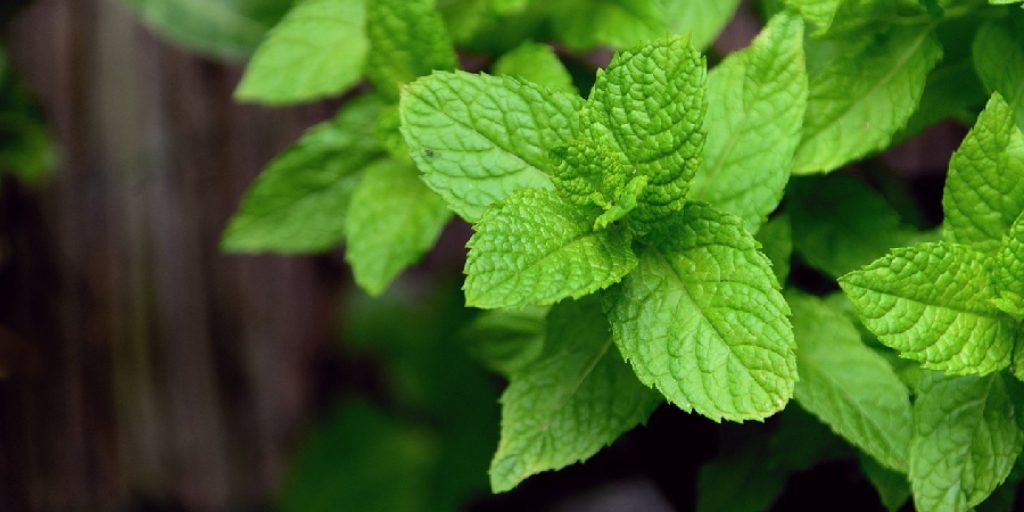
Why Should You Use Mint Plant?
1. Mint is excellent in a variety of dishes, from a simple sprinkle on a salad to the main ingredient in pesto or a mojito.
2. You can grow your mint plant in a pot indoors all year round and have a fresh Mint whenever you want it!
3. Mint is not only delicious, but it also has many health benefits, from relieving nausea to easing a bad mood.
4. Mint can be used in cooking or as a decoration, making it highly versatile!
5. Mint is one of the easiest plants to grow. It’s hardy and thrives in most conditions.
6. Mint grows thick and full, which means you have plenty for yourself and enough left over to share!
7. Mint is easy to store after harvesting; simply dry or freeze it for later use.
8. Mint overgrows you can quickly grow your supply in a small space or container!
9. You can keep your mint plant going strong all season long by harvesting it multiple times – so you’ll never run out of mint for your favorite recipes!
10. Mint is a beautiful plant that will look great in any room, making it the perfect addition to your home décor!
12 Methods on How to Bring a Mint Plant Back to Life:
1. Refresh the Soil
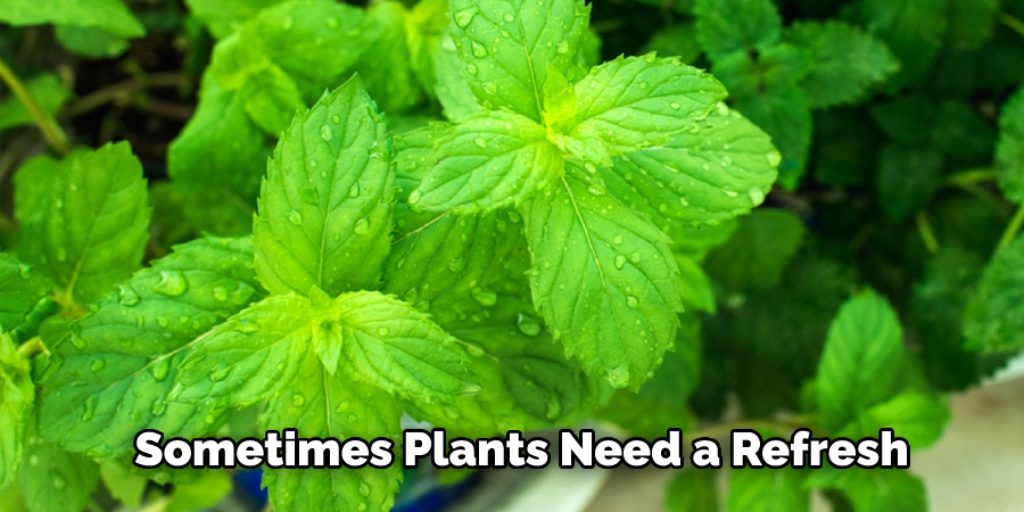
Plants sometimes need a refresh. For example, mint plants love moist soil, so it’s important to keep the soil moist but not wet for prolonged periods. The best way to do this is to apply 1-2 inches of mulch around the plant and water it every day if possible.
2. Over Watering vs. Under Watering
It can be easy to tell if you are underwater, as the plant will wilt and look like it is dying. However, if you are over-watering your mint plant, it will fall apart. It’s tough to kill a mint with underwatering; although, it won’t grow. Instead, the leaves will show yellow tips, and the plant will die back slowly.
3. Transplanting Mint Plant
You may need to transplant your mint plant if it has outgrown its current home. When transplanting, be sure to find a new container that better holds water. This is because mint is very light and airy, so a larger pot with good drainage is key to keeping it alive for more extended periods.
4. Cut Out Dying Branches
Sometimes you need to make some tough decisions to save a mint plant. If there are dead stems, cut them out and remove the brown leaves. Mint tolerates pruning very well; however, putting off pruning too long can lead to leaf drop or even losing the entire plant. Just be sure not to cut into the main stem and stay away from the mint plant’s leaves.
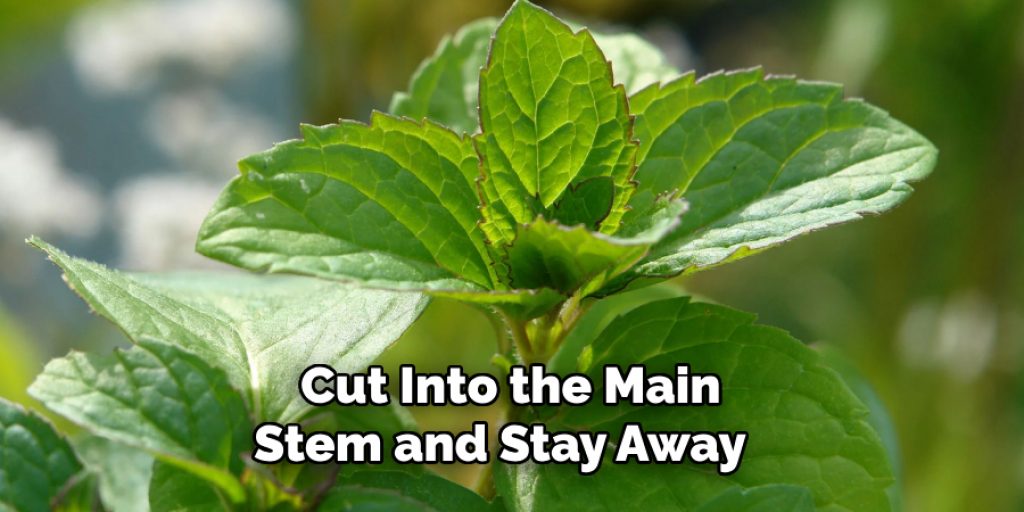
5. Water Temperature
Mint plants like room temperature water; however, they cannot tolerate prolonged exposure to hot water. If you need to get rid of any salt residue after soaking your hands or feet in a hot tub, be sure to give the mint plant a good drenching with room temperature water to remove any salt that you may have missed.
6. Keep Mint Plant Indoors During Winter
If you live in a colder climate, the best way to keep a mint plant going during the winter is by bringing it indoors and putting it in a warmer area of the house. Mint plants love humidity and warmth, so a south-facing windowsill or sunny bathroom with a steamy shower is ideal.
7. Fertilizing Mint Plant
Mint is very hearty, so it doesn’t require a lot of fertilizer. If you have been providing proper water and soil conditions for your mint plant, it might not need any at all. However, if your mint plant suddenly starts to die back or shows signs of yellowing leaves, you can fertilize every week with a weak solution of fish emulsion or compost tea.
8. Remove Mint Plant from Containers
If you’ve been keeping your mint plant in a pot for too long, it may need to be removed and transplanted into a larger container. Mint is very light and airy; however, it will get rootbound in containers that hold too much soil without allowing the roots room to grow. Be sure to check for any roots coming out of the drainage holes in the pot, and remove them if they are too numerous or thick.
9. Mint Plant Watering Schedule
Mint plants don’t require a lot of water; however, you mustn’t leave them dry for extended periods. Keep the soil moist but not wet for prolonged periods by watering every day if possible.

10. Mint Plant Propagation
If you want to make more mint plants, take some cuttings from your plant and place them in water or damp soil. If they are kept warm, most mint varieties will root in 2 to 3 weeks from a tip cutting taken during the growing season.
11. Make Mint Tea
Mint tea is a great way to use an overabundance of Mint and can be fun to make with kids. Wash and pick through the leaves, removing any stems, and place them in a glass jar or pitcher filled with water. Cover the container so that you can shake it every day for two weeks. Strain out the mint leaves and refrigerate your mint tea.
12. Mint Plant Insects & Pests
If you start to see brown spots on your mint plant’s leaves, it may be suffering from a type of rust. As long as the plant isn’t dying back too drastically, simply pull off any affected leaves and continue with regular Watering and fertilizing habits. Aphids and earwigs can often be a problem when they hop on board from neighboring plants or flower arrangements, but a good blast from the hose will knock them off in no time.
Some Tips and Suggestions:
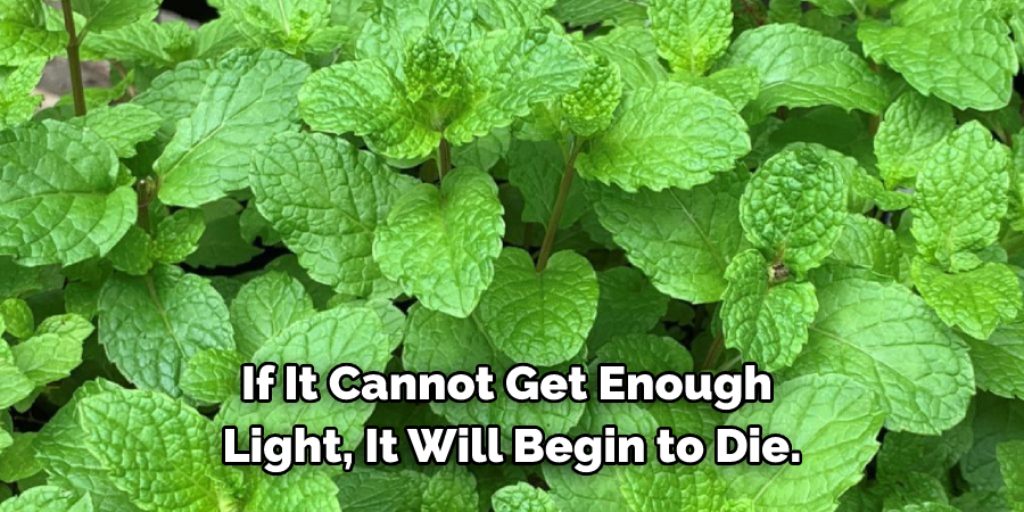
1) Make sure your mint plant has good light or is near a window. If it cannot get enough light, it will begin to die.
2) Keep the soil moist but not soggy (it should drain well). If you overwater, the roots can rot and cause further damage. Also, Underwatering will cause the leaves to be yellow and fall off.
3) Make sure it is not being grown in full sunlight. If the mint plant wilts once watered, then it is getting too much light. It can also scorch its leaves if you don’t turn it regularly to prevent sunburn on the leaves.
4) Fertilize with fertilizer for acid-loving plants. There are additional fertilizers available at most garden centers.
5) Pick off dead leaves immediately to avoid fungus or disease spreading.
6) When the plant gets too big, you can propagate it by cuttings or division in order to produce new mint plants.
7) Mint typically blooms in the spring and is most fragrant at this time. If you choose to cut it back and remove the flowers, do so after they appear but before they fade.
When to Water Mint Plant?
Like most plants, the leaves of the mint plant will take on a drooping appearance when it is time to water. To ensure that your Mint remains healthy, water only when the soil is dry.
If you find that your mint plant requires more frequent Watering than other plants in your home or office, you may want to consider repotting the plant in a container with better drainage. Check out how to bring a mint plant back to life to see other methods of watering your plant.
Mint is an incredibly resilient plant, but it can be finicky when adjusting to new surroundings. If you recently repotted your plant or brought it home from the nursery, make sure you are not over-watering. Allow the top inch of soil to dry before watering again. The best way to tell if your Mint requires water is to stick your finger into the soil. If it feels slightly moist, do not water.
Does Mint Grow Back Every Year?
The answer is definitely no. Mint has a very long taproot which will push the plant deeper and deeper into the soil every year, making it harder to grow back. However, this taproot also lets mint spread without pollination or seeding reproduce itself, allowing it to occupy more space in the garden quickly when conditions are right.

This is terrible for gardeners who love their mint plants and don’t want them to leave. It’s impossible to get rid of a patch of Mint once it has become established because the taproot will break off when attempted to be pulled out, and new shoots will grow in its place. This makes for an invasive weed that can be difficult to control and overcome.
Why Your Mint Plant Keep Dying?
Your mint plant may be dying due to a lack of sunlight. Mint plants need plenty of sunlight to thrive. Therefore, the mint plant may look wilted and leggy without enough light.
If you are not sure why your mint plant is dying, it is best to take the soil sample to your local nursery or garden center for testing. Poor soil quality can be a common reason for mint plant death.
If you determine that the problem is not related to light or soil quality, then it is likely that pests or diseases are attacking your mint plant. Pests such as aphids, whiteflies, and spider mites can cause a great deal of damage to a mint plant. In addition, diseases such as root rot, leaf spot, and powdery mildew can also be deadly to mint plants.
What Type of Soil is Needed for a Mint Plant?
Mint plants prefer moist, rich soil. If your mint plant is in a pot, use a potting mix that contains plenty of organic matter. If the mint plant is in the ground, add compost to the soil before planting.
How to Start a Mint Plant?
The best way to start a mint plant is by planting the seeds. You can purchase mint seeds or collect them from an existing mint plant. When planting the seeds, be sure to bury them about ¼ inch below the surface of the soil and water well. Mint plants will grow best in moist, well-drained soil.
The first time you water your mint plant, drench the soil. After that, it is usually sufficient to water only when the top inch of soil feels dry to the touch. Mint plants like plenty of sunlight, but too much direct sun can cause them to scorch.
In the spring, you can fertilize your mint plant with a dilute solution of liquid houseplant fertilizer. Then, once it begins to flower, you can also give it a pinch of high-nitrogen fertilizer every other week.
How to Propagate a Mint Plant?
Mint plants can be propagated by dividing the clumps or rooting stem cuttings. To divide a mint plant, use a sharp knife to cut the clump into several pieces, ensuring each piece has at least one healthy leaf bud. Then, replant the divisions in moist, well-drained soil and water well.
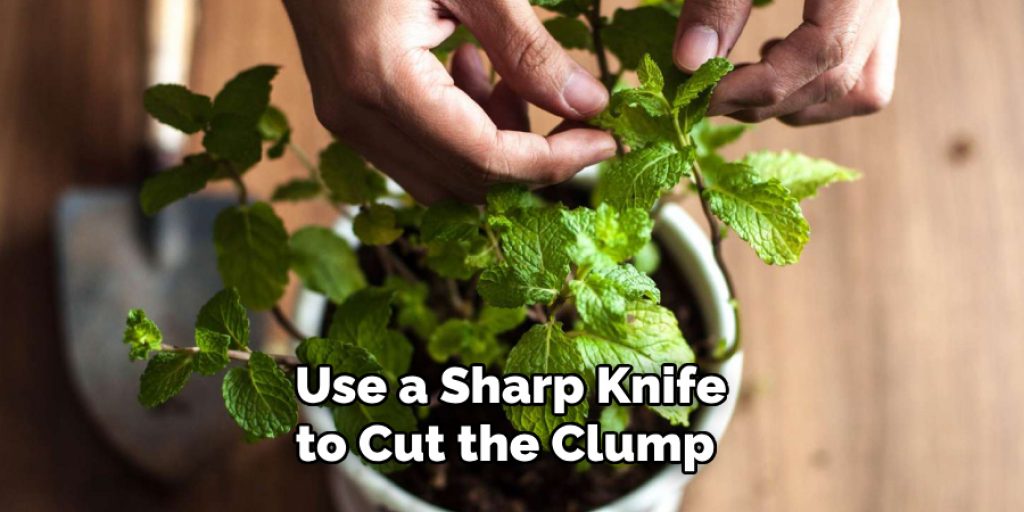
To root stem cuttings, take a 4 to 6-inch cutting from the tip of a healthy mint plant. Remove the leaves from the lower half of the cutting and dip the cut end into a rooting hormone powder. Plant the cutting in moist, well-drained soil and water well. Keep the soil moist until the cutting roots.
How Often Should I Water My Mint Plant?
Mint plants need plenty of water, especially when they are flowering. Keep the soil moist but not wet. The best way to water mint is to give it a good soak and then let the soil dry out somewhat before watering again.
Conclusion:
The mint plant is a versatile herb that can be used in recipes to make tea or simply grown for its aesthetic value. Planting it can provide you with fresh herbs all year round and the ability to potentially save money on store-bought produce.
If your mint plant has died due to overwatering, overfeeding, or any other reason, follow the steps below mentioned on how to bring a mint plant back to life! This should help you get your plant growing and thriving again!




